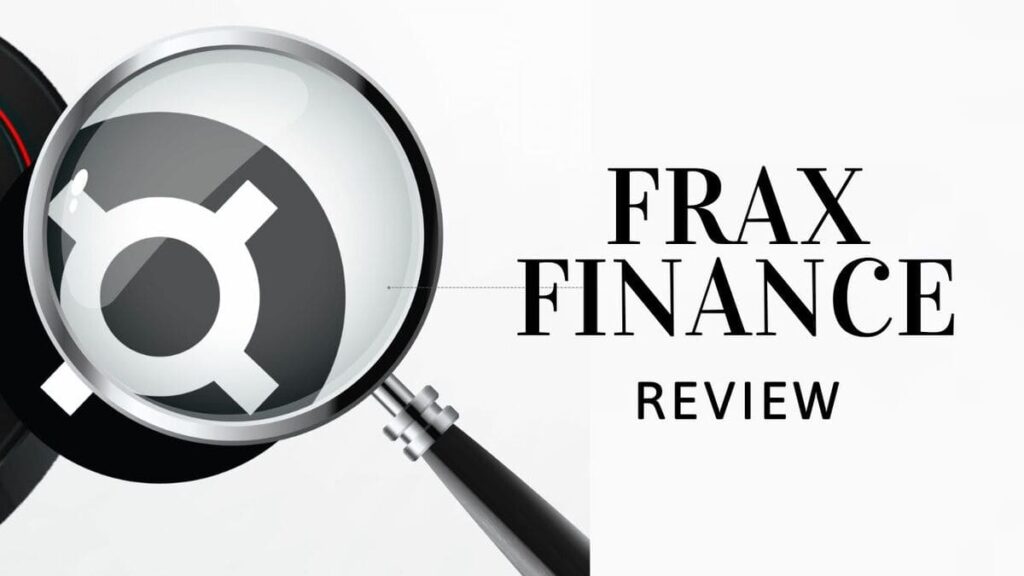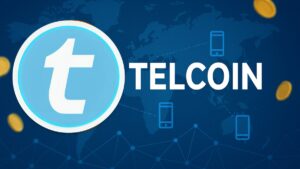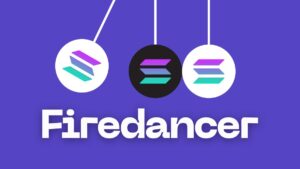Frax Finance is an innovative protocol that redefines the stability and scalability of stablecoins within the DeFi ecosystem. Frax boasts a hybrid approach that combines partial collateralization with dynamic algorithmic adjustment mechanisms. This architecture allows for greater capital efficiency and decentralization.
In a market where stablecoins are a fundamental pillar, Frax Finance is a disruptive alternative with solutions that go beyond simple parity with the dollar, introducing innovative models, a stablecoin designed to protect against inflation, and frxETH, an efficient solution for Ethereum staking.
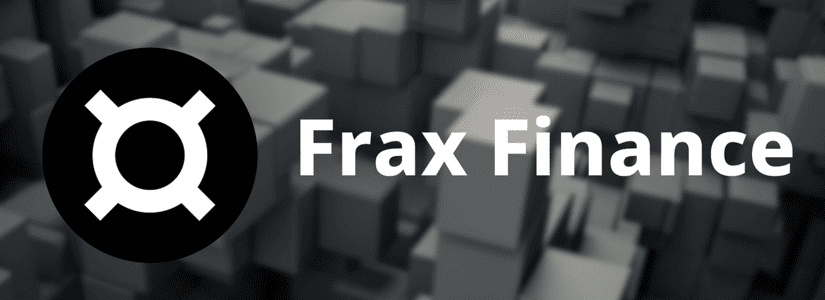
What Is Frax Finance?
Frax Finance is a decentralized and modular ecosystem that integrates a series of innovative financial products, aiming to improve efficiency and scalability within the DeFi market. Its focus is on optimizing the stability of stablecoins through solutions that transcend traditional models, offering tools designed to maximize on-chain performance and expand the possibilities of the financial system.
Through a series of mechanisms, including governance with its native token (FXS) and products like Fraxswap and Fraxlend, Frax aims to provide robust infrastructure for lending, swaps, and other financial applications, all within an intermediary-free and fully transparent environment.
Frax Finance Products and Features
Frax Finance has developed a wide range of products for its ecosystem, offering a very complete toolkit of tools to expand its usefulness in the DeFi market.
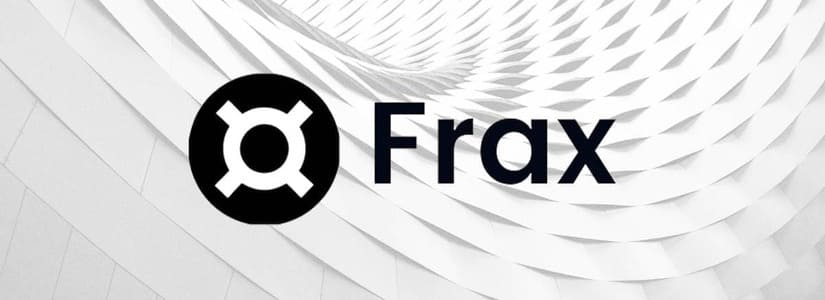
Frax Price Index (FPI): Anti-Inflation Stablecoin
FPI is an innovative stablecoin that stands out for not being linked to the US dollar but rather indexed to an inflation index, such as the CPI-U (Consumer Price Index for All Urban Consumers).
This feature allows it to adjust dynamically to macroeconomic conditions, protecting the purchasing power of its users against the inflation of fiat money. Thanks to its resistance to the erosion of the value of traditional currencies, FPI provides an attractive alternative for those looking to preserve their value in the face of economic uncertainties, combating the devaluation of fiat money more effectively than traditional stablecoins.

frxETH and sfrxETH: Optimized Ethereum Staking
Frax Finance allows participation in Ethereum staking with frxETH, a token backed 1:1 by ETH, and sfrxETH, a version designed to maximize returns by accumulating rewards more efficiently than other solutions like Lido.
While frxETH can be used in DeFi protocols to generate yields, sfrxETH benefits from a mechanism where staking rewards are redistributed exclusively among its holders, reducing dilution and increasing long-term profitability.
Fraxswap: The AMM with TWAMM
Fraxswap is the decentralized exchange of the Frax Finance ecosystem, designed to maximize liquidity efficiency and minimize volatility in token swaps. It implements a mechanism called Time-Weighted Automated Market Maker (TWAMM), which allows for the execution of large orders more efficiently over time, reducing market impact and price manipulation.
Fraxlend and Fraxferry: Cross-Chain Loans and Swaps
Fraxlend is a decentralized lending platform that allows the creation of customizable debt markets optimized for liquidity within the ecosystem. Unlike other lending protocols, Fraxlend features a flexible dynamic interest rate model, adjusted based on supply and demand, which improves capital efficiency and system stability. It also allows the use of Frax assets as collateral, which facilitates the expansion of the ecosystem without relying on third parties.
Fraxferry, on the other hand, is a solution designed to improve interoperability across chains, acting as a secure and efficient bridge for transferring Frax assets between different blockchains. Unlike traditional bridges, Fraxferry minimizes exploit risks thanks to a manual validation and execution model, ensuring greater security in transfers.
FRAX: The Hybrid Stablecoin
FRAX is a revolutionary stablecoin that stands out from its competitors due to its hybrid approach, combining algorithmic characteristics with collateralization. Unlike traditional stablecoins that rely on 100% collateral-backed assets (such as USDC or DAI), FRAX uses a unique model that dynamically adjusts the level of collateralization based on market conditions.
This hybrid model is divided into two fundamental components: an algorithm that regulates the supply of FRAX and a collateral backing that guarantees its stability. When market conditions are favorable, the protocol can reduce the collateral backed by real assets, increasing the algorithmic portion that controls the stability of the token. This way, when markets are more volatile or uncertain, the protocol increases the level of collateralization, ensuring that FRAX maintains its parity with the dollar without relying on large amounts of centralized collateral.
This dynamism gives FRAX a key advantage over other stablecoins like DAI, which requires a more rigid and predictable backing. Moreover, the flexibility of the model allows FRAX to be more efficient in its capital usage, as it is not fully tied to a fixed amount of assets, resulting in greater scalability and less dependency.
This model also enhances decentralization compared to traditional stablecoins, as it does not rely on a central authority to adjust its supply. Instead, the protocol self-regulates, allowing FRAX to maintain its stability while preserving the independence of the DeFi system.
Thus, FRAX not only maintains its parity with the dollar but also offers greater resistance to market fluctuations, making it an attractive solution for both individual users and decentralized applications within the DeFi ecosystem.
What Is Frax Share (FXS) and What Does It Do?
The Frax Share (FXS) token is essential for governance and value capture within the ecosystem. Through FXS, users have the ability to influence the development and decisions of the protocol, ensuring that the evolution of Frax Finance remains aligned with the interests of the community. FXS holders can vote on proposals ranging from system parameter changes to the implementation of new features and financial products within the ecosystem.
Additionally, FXS allows its holders to capture value generated by the expansion of FRAX. The protocol redistributes income generated from transactions and fees within the ecosystem.
This distribution is carried out through yield farming strategies, where users can lock their FXS to generate passive returns. In this way, FXS holders not only have a voice in the protocol but also receive a direct share of the economic benefits derived from ecosystem activity, making FXS a key element for the growth and financial sustainability of Frax Finance.

Is FXS a Good Investment?
FXS may be an attractive token for those who wish to participate in the governance of Frax Finance and benefit from the yields generated by the protocol. It offers passive income opportunities through yield farming and direct participation in the growth of the ecosystem.
However, as it is linked to the protocol’s evolution and the DeFi markets, it is important to consider the associated risks, such as market volatility and uncertainty. A careful evaluation of these factors is crucial to determine whether FXS aligns with the investment goals of each user, based on risk tolerance and individual investment objectives.
Security in Frax Finance
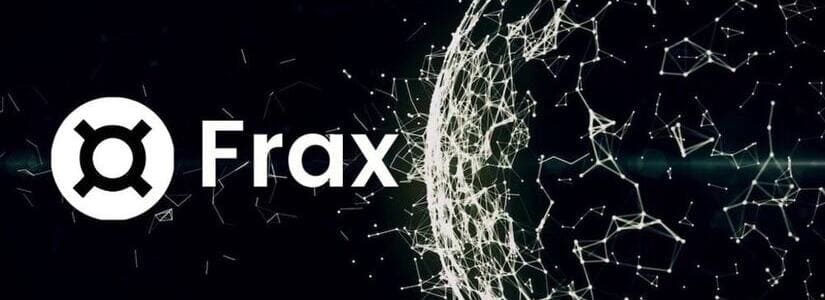
Security is a priority in Frax Finance. To ensure the protection of user funds and the integrity of its operations, the protocol conducts periodic audits of its smart contracts.
These audits are performed by external firms specializing in blockchain security, ensuring the integrity of the system and providing greater confidence in the platform’s solidity. Additionally, the decentralized governance approach allows the community to be involved in the evolution of the protocol, ensuring that any significant changes undergo open and transparent scrutiny.
Conclusion
Frax Finance is irrefutable proof that stablecoins and DeFi protocols can continue to evolve through improvements in flexibility, scalability, and efficiency. Its hybrid model with algorithmic mechanisms challenges traditional stability norms in the crypto market, demonstrating how innovation can generate a more dynamic and resilient economy.
This approach, along with its decentralized governance system and solutions for staking and lending, ensures that Frax Finance is more than ready to redefine the user experience in the decentralized finance market


